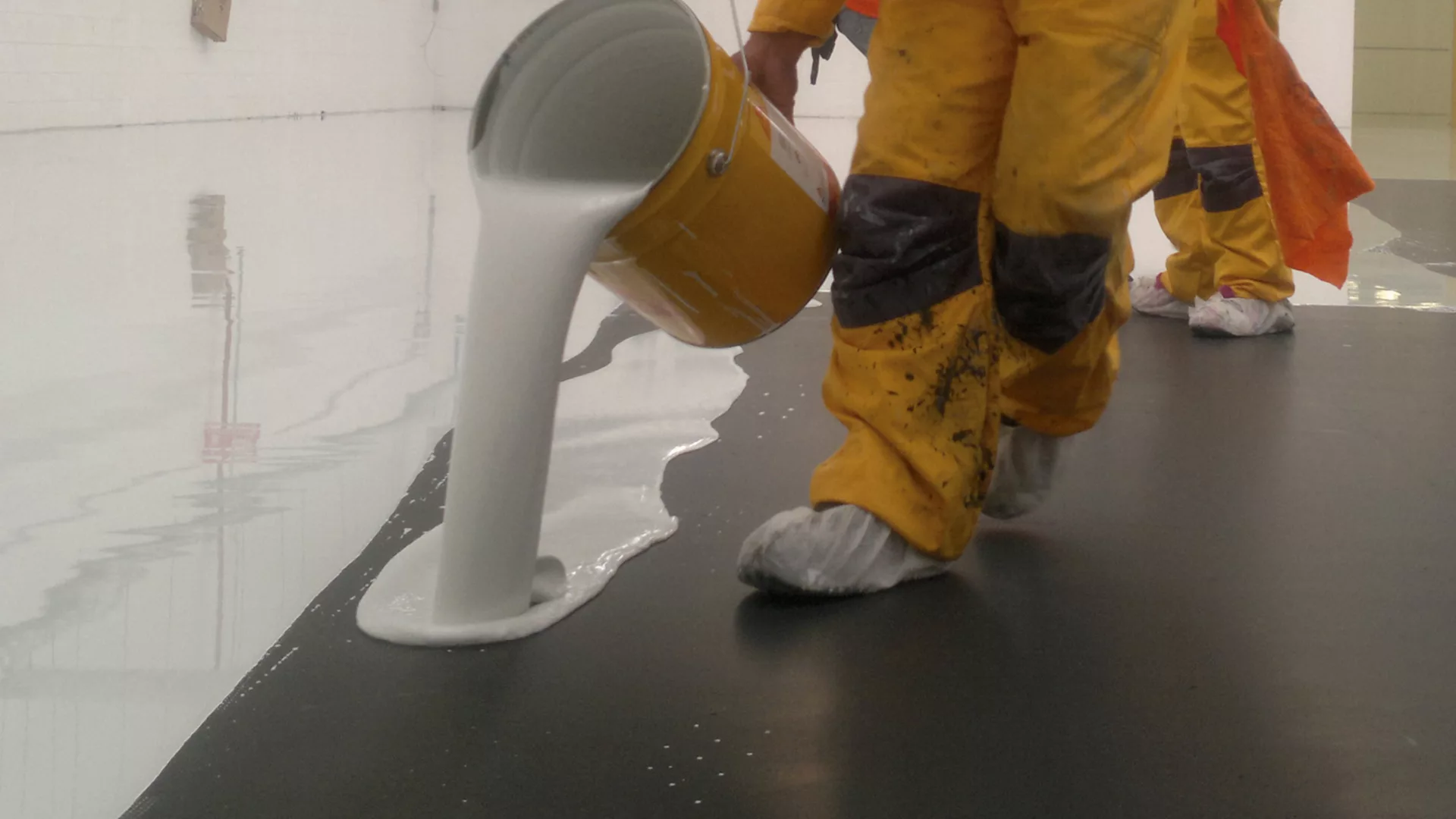In the field of construction in the contemporary world, there is a higher priority placed on getting as flat a floor as possible, both visually and practically. A well-known efficient and multifunctional type of flooring is the self-leveling screed, which is now considered the cornerstone of the construction business. This cementitious compound is free-flowing, has a low viscosity, and does not require a lot of trowelling and re-leveling on the substrate.
The Benefits of Using Self-Levelling Screed
Thus, self levelling screed has many benefits that explain why it is popular in construction projects. Employing analytical metrics is easy since it is nearly effortless to implement. While conventional screeds entail a lot of effort and dexterity to make them smooth and level, the self-leveling screed is faster to pour and level, hence cutting costs and time. Self-smoothing enables a smooth surface, and since it becomes a substrate for tiles, carpets, or hardwood, the surface needs to be well-finished.
Another advantage that was established is that the self-leveling screed possesses good compressive strength. Once cured, it creates a hard-wearing surface suitable for roller casters or other areas with heavy foot traffic and loads occasioned by furniture and equipment. It makes it perfect to be used for both residential and business establishments. Also, it dries very fast, which means that within a short period, other construction phases can start without much interference.

Applications in Construction: Versatility and Efficiency
Self-leveling screed can also be used in many applications, and it is preferable to polymer-leveling compounds. It is used in new construction and rehabilitation works to reach a flat surface for installing floor coverings. This versatility applies to different types of floors, including under-floor heating systems. The screed sits around the heating elements, and as such, it acts as a good conductor of heat and improves the performance of the heating system.
Self-leveling screed is applied in industrial areas as a preparation for floor slabs for heavy-duty floor finishes. The function of providing a smooth, flat surface is useful in areas that require efficiency and reliability, like mechanics’ warehouses, factories, and hospitals. Also, because it can be applied to different substrates ranging from concrete to timber, applied in most construction practices.
Conclusion: Building the Future with Self-Levelling Screed
Due to its simple application, long service time, and versatility, this tool can hardly be overestimated in the modern construction industry. Besides improving the aesthetic value of space through leveling the floor, self-leveling screed helps increase the durability and efficiency of the floor system. As construction techniques evolve, the demand for efficient, high-quality flooring solutions like self-leveling screed is rising.
Embracing self-leveling screed in construction projects signifies a commitment to quality and efficiency. As builders strive to meet the growing demands of the industry, this innovative material will undoubtedly play a crucial role in shaping the future of construction. With a self levelling screed, achieving a flawless finish has never been easier or more reliable.


